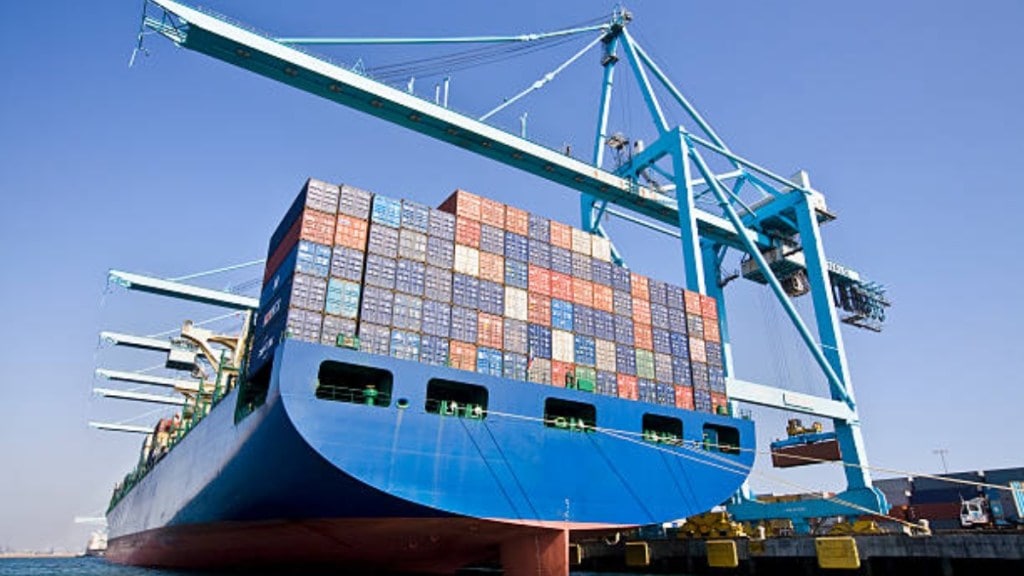If the incoming Donald Trump administration goes ahead with the proposed tariff hikes, it would result in an additional duty burden of $14.6 billion on India’s exports to the US, according to a report by Boston consulting Group (BCG). India’s duty burden would, however, be much less than what its competitors would face, it said.
Trump,who assumes office on January 20, has talked about putting 60% import duty on imports from China, 25% on Mexico and Canada, and 20% on the rest of the world. The estimated additional burden on Indian exports is based on its exports to the US in 2023 of $84 billion. India benefits from a lower effective tariff rate of 3% in the US, and a 20% tariff would hit pharma and auto parts the hardest. Both these sectors will have to take on an additional burden of $3 billion.
China, on the other hand, will face a duty burden of $201.7 billion, Mexico $118.8 billion, Canada $104.7 billion, and the European Union $102.6 billion, it said.
As trade tensions are expected to rise, India is set to lead as “China+1” global manufacturing hub backed by its large domestic market, BCG said.
Other factors that will be driving India’s trade are growing trade connectivity with Europe and West Asia, and robust trade ties and leading source of investment underpinned by India and Asean FTA. There are prospects of growth in trade across agriculture, pharma, mining, and manufacturing. Other trade dynamics for India in the coming years will be expansion of BRICS+ to the Gulf Cooperation Council and growing trade connectivity with expanded trade pact with the UAE.
According to the BCG report, India’s total trade and gross domestic product (GDP) will grow 6.4% annually between 2023 and 2033 propelled by “China+1” trade and imports to meet demand from a large and growing domestic market. India’s exports to the US are more than double and are expected to reach $116 billion by 2033, fuelled by deepening ties in defence and technology.
The India-China trade growth is likely to moderate as rising trade deficit, border tensions, and scepticism over Chinese investment constrain growth, it said. India’s trade is expected to rise by 80% with the EU, Asean and Africa; triple with Australia and South Korea; and nearly double with Japan and South American trade bloc Mercosur, according to BCG.

